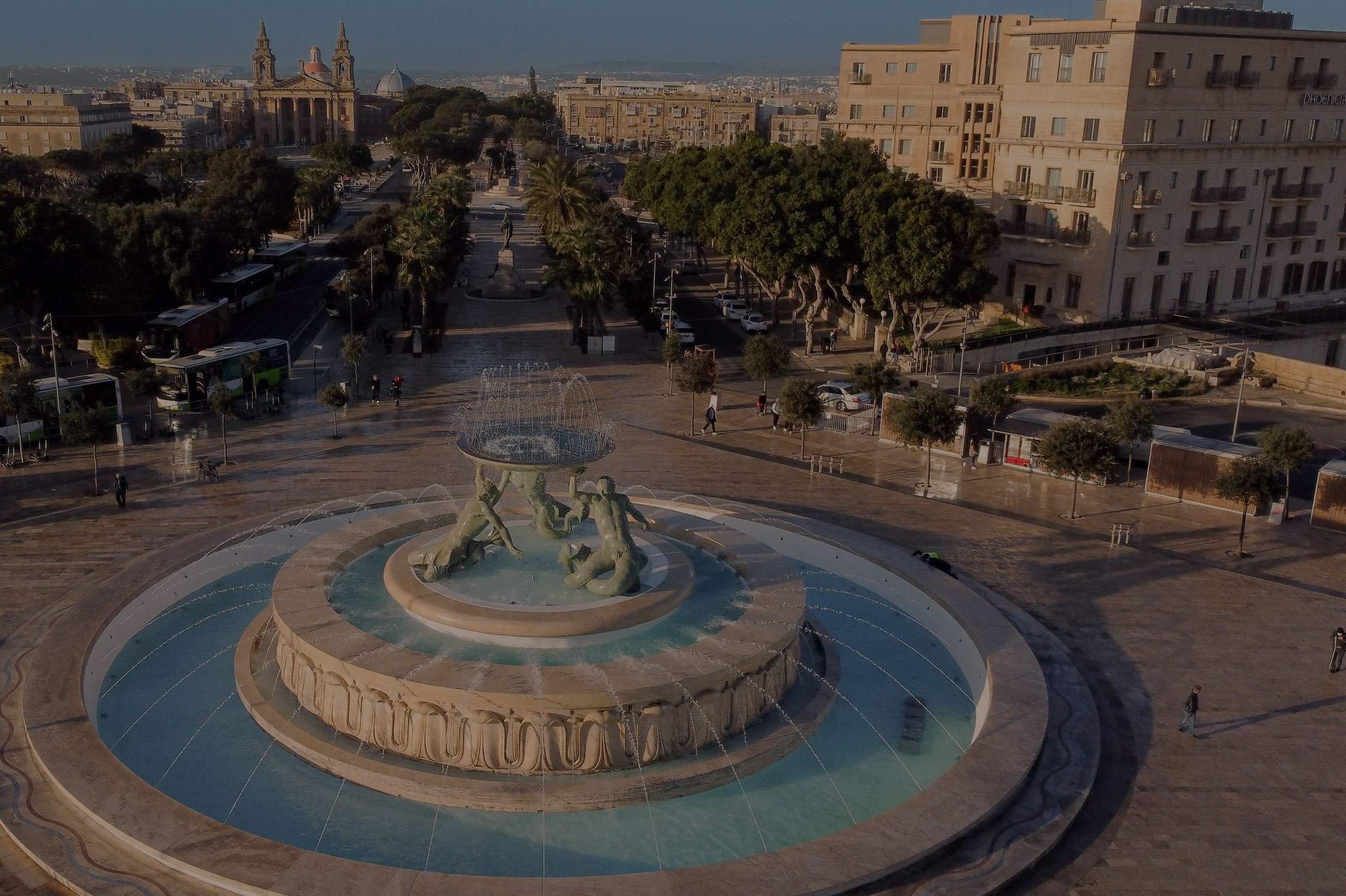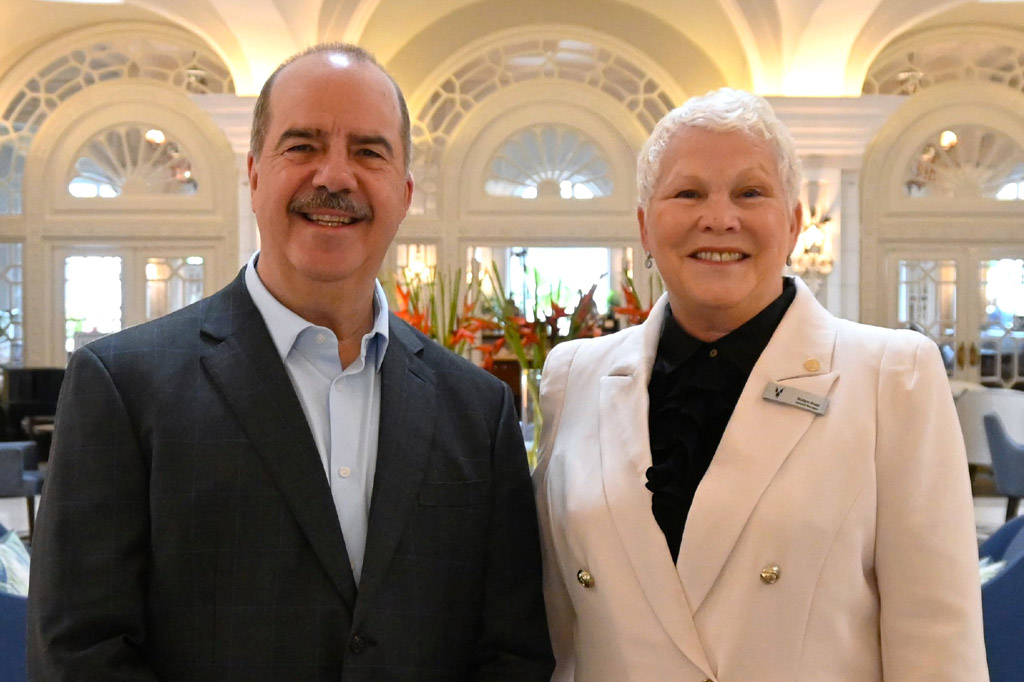
Luxury Travel, From Malta to the World
July 15, 2025

Malta’s Tourism Reimagined: From Volume to Value and a Sustainable Future
July 13, 2025
Exploring Malta Through Military Tourism
July 16, 2025Luxury travel is trending, and Malta is fast becoming
a destination to watch.
Virtuoso Chairman and CEO
Matthew D Upchurch tells HORECA Magazine how Malta’s
unique blend of culture, heritage and hospitality is
making it a rising star for a new kind of traveller.
When Virtuoso, the world’s leading network in luxury and experiential travel, chose Malta as the host destination for its 2025 UK/Ireland/ Middle East/Africa Forum, the message was clear: Malta has arrived on the global luxury travel radar.
The event, held at Virtuoso partner hotel The Phoenicia Malta this spring, brought together travel advisors, agency owners and preferred partners for strategic networking, market news and immersive cultural experiences.
It was also an ideal opportunity for Virtuoso’s Chairman and CEO, Matthew D Upchurch, to witness first-hand what Malta has to offer.
“I was struck by the historical influences and cultures within Malta and the pride that the country takes in showing that to the world,” Matthew says. “Floriana, in particular, really captures that cultural richness. It was woven into the high-end experiences we enjoyed while at The Phoenicia Malta, from the thoughtfully restored accommodations to the incredible restaurants and warm personal service, rooted in local pride.”
Offering a chance for some of Virtuoso’s 20,000 travel advisors and 2,300 partners worldwide to connect in person, the 2025 UK/Ireland/Middle East/Africa Forum included insightful discussions on luxury tourism trends.
One key trend is the move beyond traditional destinations. Indeed, Malta’s popularity in luxury tourism is growing, thanks to the island’s rare mix of cultural authenticity and contemporary elegance, not to mention its flight-friendly Mediterranean location and English-speaking hospitality. “Luxury travellers tend to lead the way in visiting lesser-known destinations, going at off-peak times of the year and generally paving the way for others to follow,” Matthew confirms. “Malta is a place to watch, with our own network sales surpassing last year’s by 140%.”

Matthew D Upchurch (Virtuoso Chairman & CEO) with Robyn Pratt (Phoenicia Hotel General Manager)
Wellness and sustainability are more than just briefly
trending buzzwords, he believes. “Travellers today are
more intentional, valuing authentic connections with
people and places. They embark on journeys that foster
personal growth and have a positive impact on the
world.
Most luxury travellers have done the greatest hits and now they want to explore the unexplored, enjoy the various cultures and flavours of the places they’re visiting and know that they are positively contributing to local communities. For the future of high-end travel, this means a continued emphasis on curated, immersive experiences – particularly for the younger traveller.”
Meanwhile, innovative technology and AI will also have a role to play in streamlining operations, but should not come at the cost of the personal touch that sets luxury tourism apart. “AI and technology are helping us in ways that were unimaginable just a decade ago, or even last year,” Matthew shares.
“While AI can process data at lightning speed, it lacks one essential quality that defines truly exceptional travel: empathy. Automate the predictable, so that you can humanise the exceptional. You can’t take the human out of humanity.”
When hotels and destinations exceed travellers’ expectations of bespoke experiences delivered with human flair, that’s when deeper relationships with guests may form, helping to future-proof both the business and the wider industry, the Virtuoso CEO concludes.
“Travel is a ‘how did you make me feel’ business – and that’s especially true when it comes to attracting luxury travellers. Of course, they seek beautiful accommodations or exclusive access, but it’s the human connections they make along the way that leave a lasting impression. The properties and destinations that truly stand out are the ones that make guests feel special, unique and deeply understood.
When a traveller leaves with unforgettable memories and a genuine desire to return, that’s when you know you’ve succeeded. It’s that feeling – not just the experience – that keeps them wanting more.”
Most luxury travellers have done the greatest hits and now they want to explore the unexplored, enjoy the various cultures and flavours of the places they’re visiting and know that they are positively contributing to local communities. For the future of high-end travel, this means a continued emphasis on curated, immersive experiences – particularly for the younger traveller.”
Meanwhile, innovative technology and AI will also have a role to play in streamlining operations, but should not come at the cost of the personal touch that sets luxury tourism apart. “AI and technology are helping us in ways that were unimaginable just a decade ago, or even last year,” Matthew shares.
“While AI can process data at lightning speed, it lacks one essential quality that defines truly exceptional travel: empathy. Automate the predictable, so that you can humanise the exceptional. You can’t take the human out of humanity.”
When hotels and destinations exceed travellers’ expectations of bespoke experiences delivered with human flair, that’s when deeper relationships with guests may form, helping to future-proof both the business and the wider industry, the Virtuoso CEO concludes.
“Travel is a ‘how did you make me feel’ business – and that’s especially true when it comes to attracting luxury travellers. Of course, they seek beautiful accommodations or exclusive access, but it’s the human connections they make along the way that leave a lasting impression. The properties and destinations that truly stand out are the ones that make guests feel special, unique and deeply understood.
When a traveller leaves with unforgettable memories and a genuine desire to return, that’s when you know you’ve succeeded. It’s that feeling – not just the experience – that keeps them wanting more.”
Related posts
December 28, 2025



